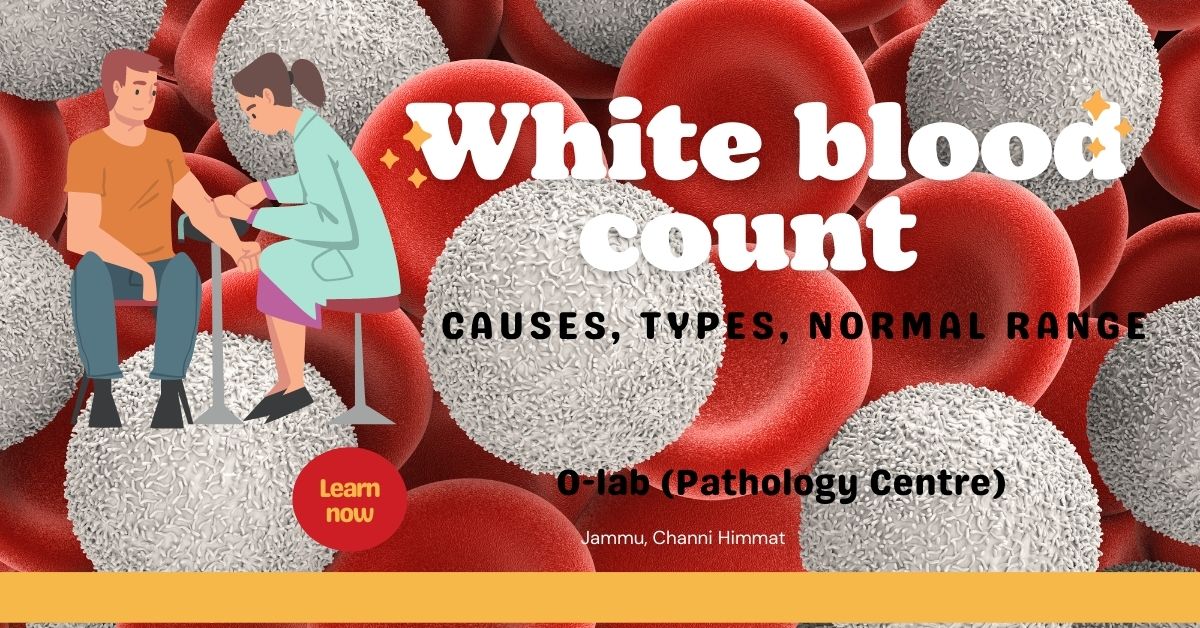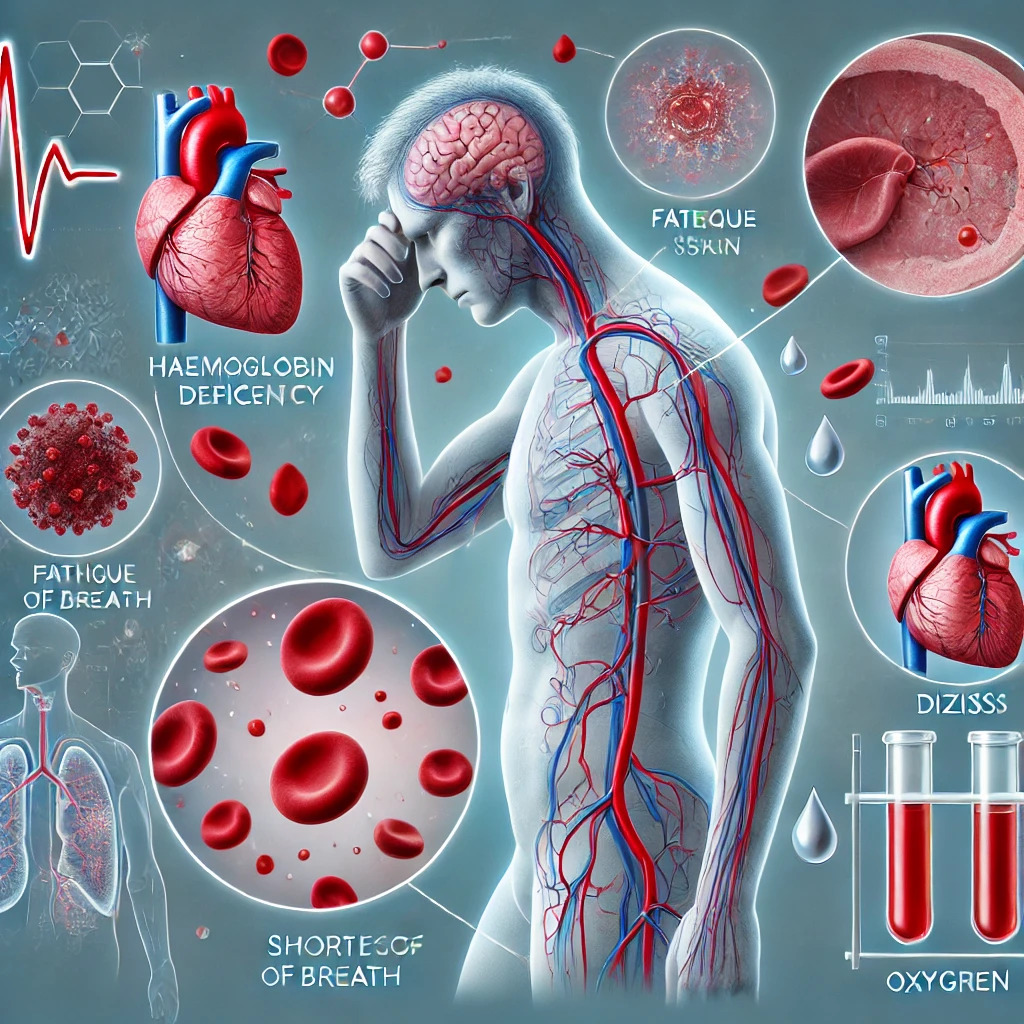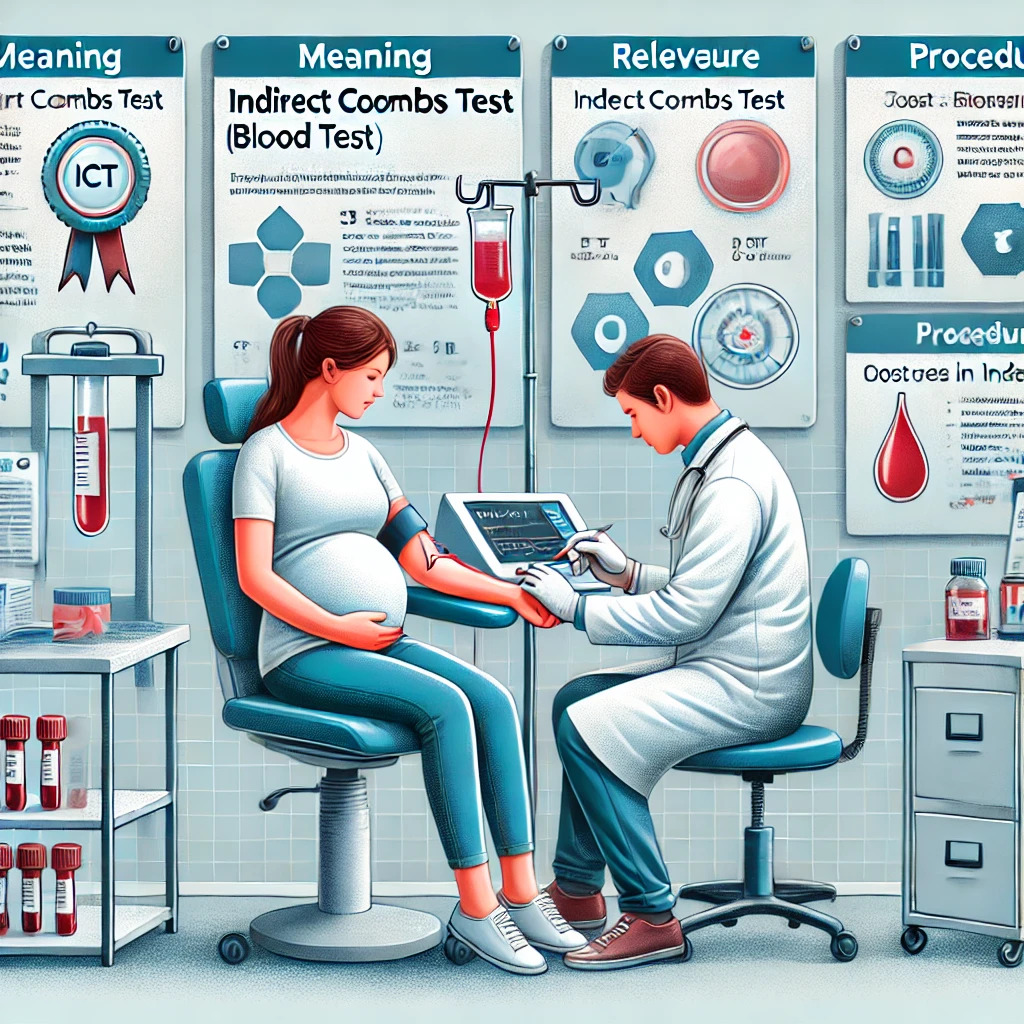White Blood Cell Count High Causes, 5 Types, and Normal Range in Female or Male

There are different white blood cell count high causes or types of WBC cells or leukocytes, which are a part of our immune system. Their numbers may be affected by different health conditions, which is why it is important to measure them when you are sick or even as part of a routine health checkup. Or you may be tested to see if the treatment is working. An underlying infection or an immune system disorder can make their numbers rise or fall. This can further impact your well-being because they protect you against infections and play a role in healing from injuries. Usually, a WBC test will be ordered along with the CBC test and can be done without fasting.
What is Wbc in Blood Tests?
You will generally see the term WBC in a CBC test. TLC(Total leukocyte count) shows the total number of WBCs. DLC(Differential leukocyte count) will show the number of different white blood cells: neutrophils, basophils, monocytes, eosinophils, and lymphocytes. You may also see their percentages. High and low numbers can affect your health, immunity, and ability to recover from injuries and infections.
You may get this test or your doctor may order this when you have-
- Fever
- Chills
- Body aches
- Headaches
- Frequent infections
- Any sign of autoimmune disease
- Any sign of inflammation
- Anaemia
No special preparations are needed to get the CBC or WBC test.
White Blood Cell Count High Causes
There are many White Blood Cell Count High Causes. This is called leukocytosis and can be observed in-
- A bacterial infection
- A viral infection
- Septic shock
- Fever
- Pregnancy
- Due to certain medications
- Inflammatory conditions like Rheumatoid Arthritis
- Certain allergies
- Certain cancers like Leukaemia, Hodgkin's Disease
- In extensive tissue damage like seen in burn injuries, after surgery, etc
- Stress
- Heart attacks
- Hemorrhage
- Recent vaccinations
The numbers can also go high and remain so in chronic conditions like-
- Smoking
- Bone marrow tumor
- Inflammatory conditions like IBS, arthritis
- Obesity
- Vasculitis
- Leukaemia
Apart from higher numbers, there are times when the white blood count may decrease. This is called Leukopenia which is seen in conditions like -
- Cancers that affect the bone marrow
- Autoimmune diseases like Lupus
- Some other autoimmune disorders
- HIV/AIDS
- Bone marrow damage caused due to chemotherapy, specific infections, or some diseases
- Enlarged spleen
- Some liver diseases
- Radiation therapy
- Alcoholism
- Malaria
Decreased count affects your ability to fight infections. A normal WBC count is a sign of a normal functioning immune system. Please note that normal ranges can vary for pregnant people, children, and newborns. For abnormal WBC count, you may need additional tests and a repeat WBC after/during treatment or after the resolution of the underlying condition.
Types of WBC Cells
There are five major types of WBC Cells or leukocytes that play different roles in our immune system. They have distinct characters and functions. Each of these can be impacted in different ways, meaning the numbers may go up or down depending on the condition or type of infection. These are the 5 major types of WBC Cells cells are-
- Neutrophils- These cells are the first among WBCs to respond to infections and comprise almost half of the White blood cells. They may increase stress, infection, gout, RA, trauma, pregnancy, Thyroiditis, etc. They may decrease some bacterial infections like Tuberculosis, viral diseases like influenza, HIV, radiation therapy, and chemotherapy. A decrease in their numbers, called Neutropenia, can significantly impact your ability to fight infections and can even be fatal if not addressed.
- Lymphocytes- These are of different types, which are mainly B cells and T cells. They play a vital role in specific immunity. Their numbers increase with chronic infections, certain cancers, and viral infections like measles and mumps. Chemotherapy, HIV infection, radiation, etc, can cause their numbers to dip.
- Eosinophils- play a role in bacterial and mainly parasitic infections. They are involved in triggering allergic responses.
- Monocytes- You may also know them as garbage trucks of the immune system which engulf and digest dead cells, cellular debris, and pathogens. They present antigens to other immune cells.
- Basophils- The last out of 5 significant types of WBC Cells are basophils are known to mount a non-specific immune response and have a role in asthma. They can release histamine. They are also involved in response to parasitic infections.
Normal range of WBC in Females and Males
The range of WBCs can vary a little depending on labs. It also varies for newborns, children, and adults. The numbers are a little different for males and females.
- The normal range of WBC in Males is between 5000-10,000 WBCs per microliter.
- The normal range of WBC in Females is between 4500-11,000 WBCs per microliter.
Conclusion
Medical care providers will look at total White blood cell counts, differential white blood cell counts, and percentages along with some other tests to reach a diagnosis or to recommend further courses of action or tests. Differential WBC test will show the amount of all types of WBC cells which can indicate the type of infection or disorder.
- They are our bodies' soldiers defending against infections.
- They destroy invading microorganisms and clear debris through phagocytosis.
- They produce antibodies.
- They directly attack infected and cancerous cells.
- They can promote or suppress inflammation.
- They help in tissue repair, wound healing, etc.
White blood cells are an integral part of the body's defense system. Their levels are an important indicator of health and immunity. Your symptoms depend on the underlying white blood cell count high causes or low causes. A few people can have idiopathic hyper-eosinophilic syndrome, which has certain signs and symptoms.





